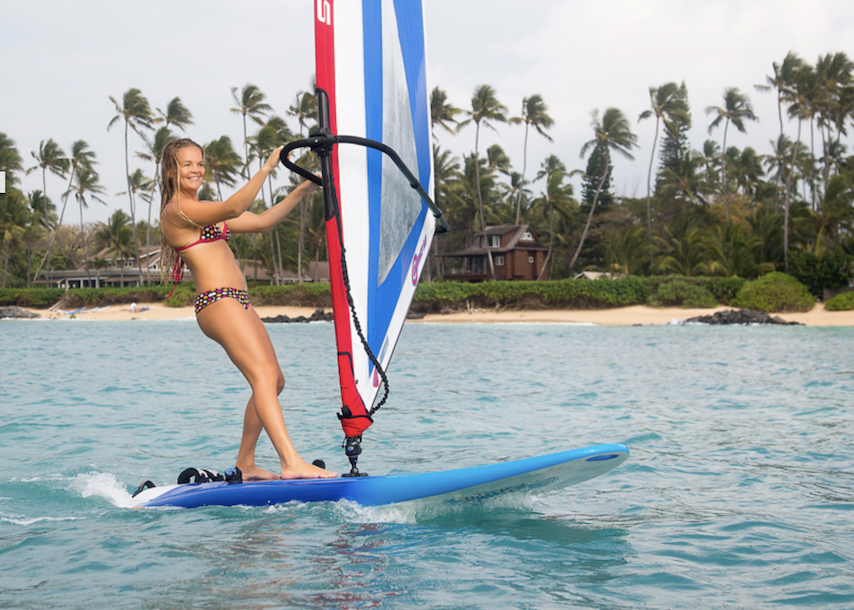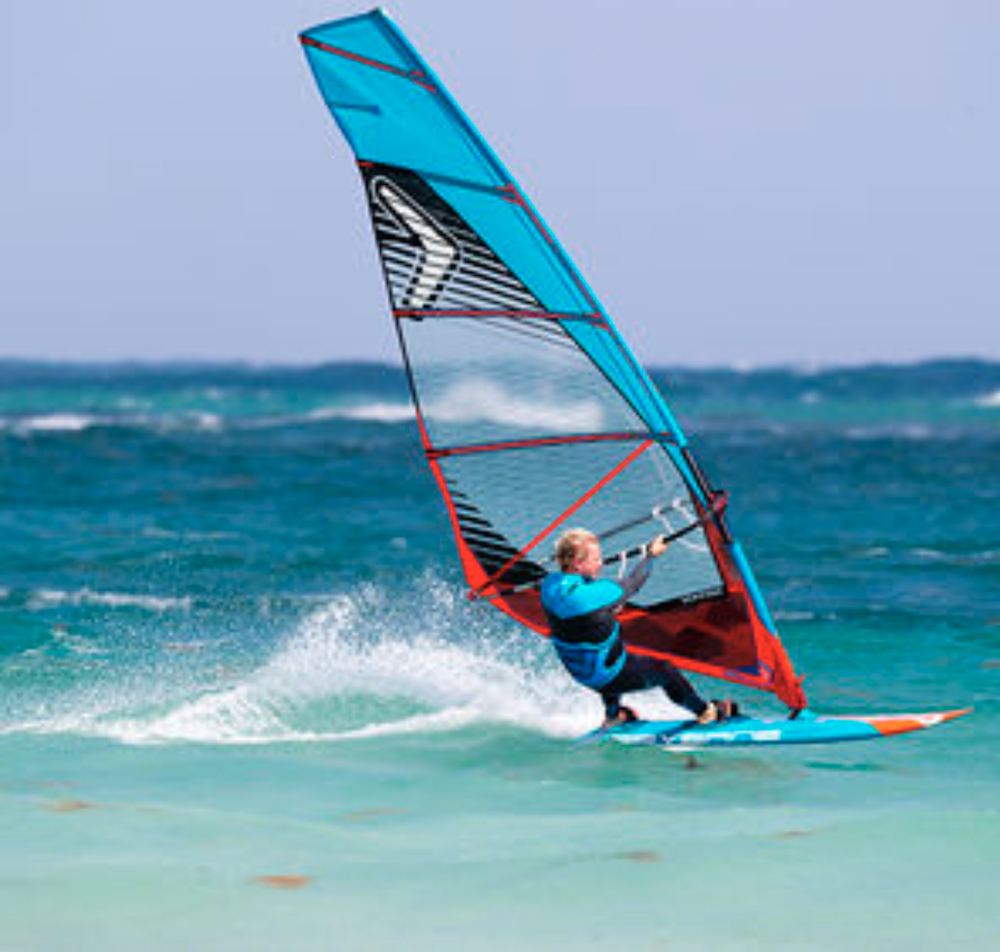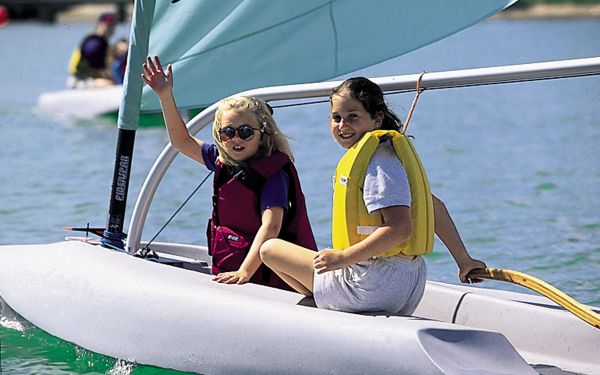How to Windsurf
Anyone whos ever taken a vacation to a resort on a tropical island has seen someone trying to learn how to windsurfand its usually good for a few laughs. Its kind of like watching beginning boaters at
Anyone who’s ever taken a vacation to a resort on a tropical island has seen someone trying to learn how to windsurf—and it’s usually good for a few laughs. It’s kind of like watching beginning boaters at the launch ramp. However, once you get past that awkward stage of the learning curve, windsurfing is rewarding and fun. The learning curve is endless, but that’s also what makes it so rewarding.
Those resort shenanigans can teach us a lot about learning to windsurf, and the first lesson is to get an instructor. The learning curve is steep enough that trying to learn to windsurf on your own could create bad habits that are hard to break down the road.

Heading out on a water-lover's vacation? Be sure to try something new—how 'bout windsurfing?
If you’re going to take on the sport, begin with some instruction and renting a board. If you like it, you can buy a board, but if not, you will not have lost any money buying a new board then selling it used on Craigslist. When you do decide to buy, the wider, larger-volume boards from, say, 140 to 200 liters are more suitable for beginners because they’re more stable. They’re also better for calmer waters and lighter winds in much the same way a longboard is great for surfing smaller waves. You can move up to something smaller and faster when you can justify it, and you know you want to stick with the hobby.
Windsurfing Basics
- First, practice on the beach.
- Climb aboard on your knees and grab the line that you lift the mast with.
- Stand up on the board with your feet should width apart and weight centered
- Pull the mast up and out of the water with the hand-over-hand method.
- Keep your back straight and knees bent.
Before you get out on the water, practice on the beach, with the sail connected to the board, you want to have your board perpendicular to the wind, with the wind at your back. The sail will be in the water downwind from the rider. Be sure the dagger board is in the up position when practicing on the beach.
Climb aboard on your knees and grab the line that you lift the mast with. It’s called an up-haul in windsurfing lingo. Stand up on the board with your feet shoulder width apart and your weight centered. Pull the mast up and out of the water with the hand-over-hand method on the up-haul. Keep your back straight and your knees bent slightly as you do, maintaining your weight over the center of the board.
When you’re in the water, the sail will feel heavy at first because of its hydrodynamic bond with the water, but it will get lighter as it releases from the water. A lot of beginners aren’t ready for that release and they fall off backward. Once you get the sail vertical enough, hold the mast with both hands, again, keeping your head up for good balance, your arms and back straight and your knees slightly bent. Now, try it on the water.
Notice that when you lean the sail toward the back of the board the nose points into the wind. When you lean the sail toward the front, the board turns away from the wind. With the sail at 90 degrees to the wind, the board will return to perpendicular to the wind. These positions will help you find the side of the board you should stand on.
Most people will be left-foot forward, but a good test is to stand with your feet together and have someone push you from behind. Whatever foot you put forward to catch yourself is the one that goes in front on a windsurf board.

The key to successful when it comes to windsurfing is to stick to the basics and practice on land before heading out on the water.
When you’re ready to sail, you must change your body position. You must put both feet behind the mast and the bulk of your weight will be on the back foot. The left arm that holds the boom is straight and the right arm is bent. The easiest way to get the hang of the position is to remember that your front ankle, knee, hips and should be aligned. You will be leaned back depending on wind speed, but they form a straight line.
You want the mast to be vertical and your hips should face the direction of travel. Again, keep your head vertical for good balance and look where you want to go. If you look down, guess where you’ll go.
This practical advice, but it’s no substitute for practice. Windsurfing is a little like surfing in that you won’t be able to read your way to perfection, but this tutorial should be enough to get you up and moving. You will fall and onlookers might laugh, but once you get the hang of it — even as a novice—there’s a great feeling of freedom that comes with windsurfing, which is why people do it.
For more watersports action, check out the following:
- How to Water Ski
- How to Kneeboard
- How to Wakeboard
- How to Wakesurf
- How to Stand Up Paddle Board (SUP)
- Essential Tow-Boat Glossary
- Watersports: All Things Towable












